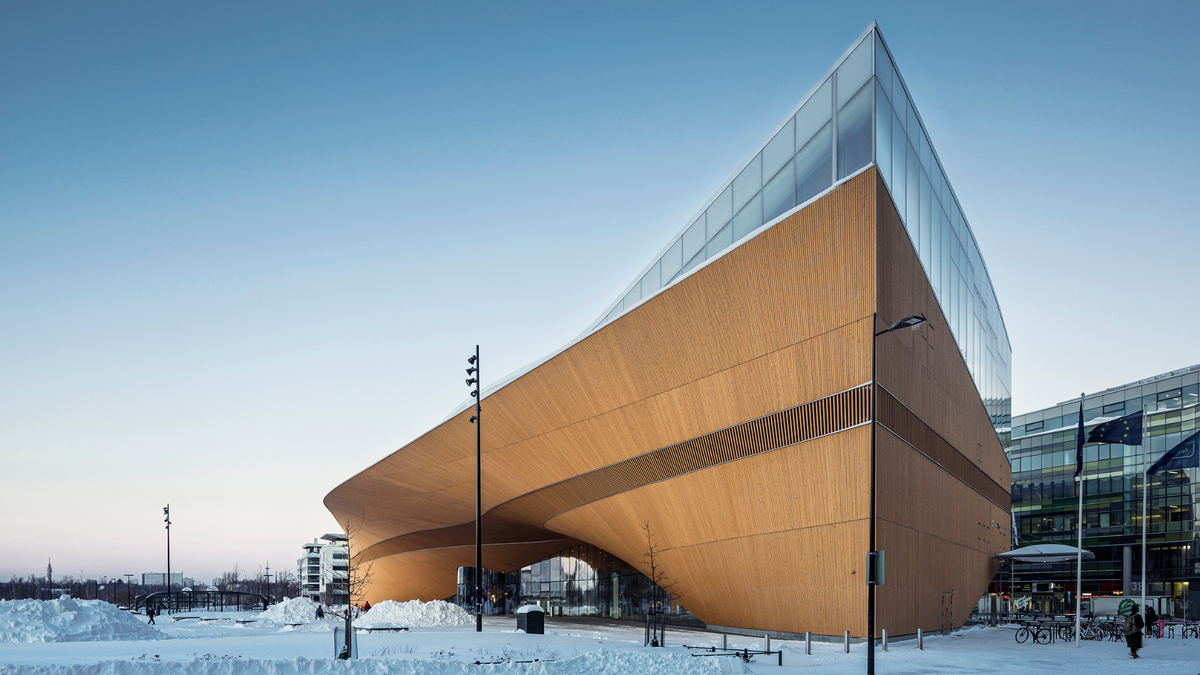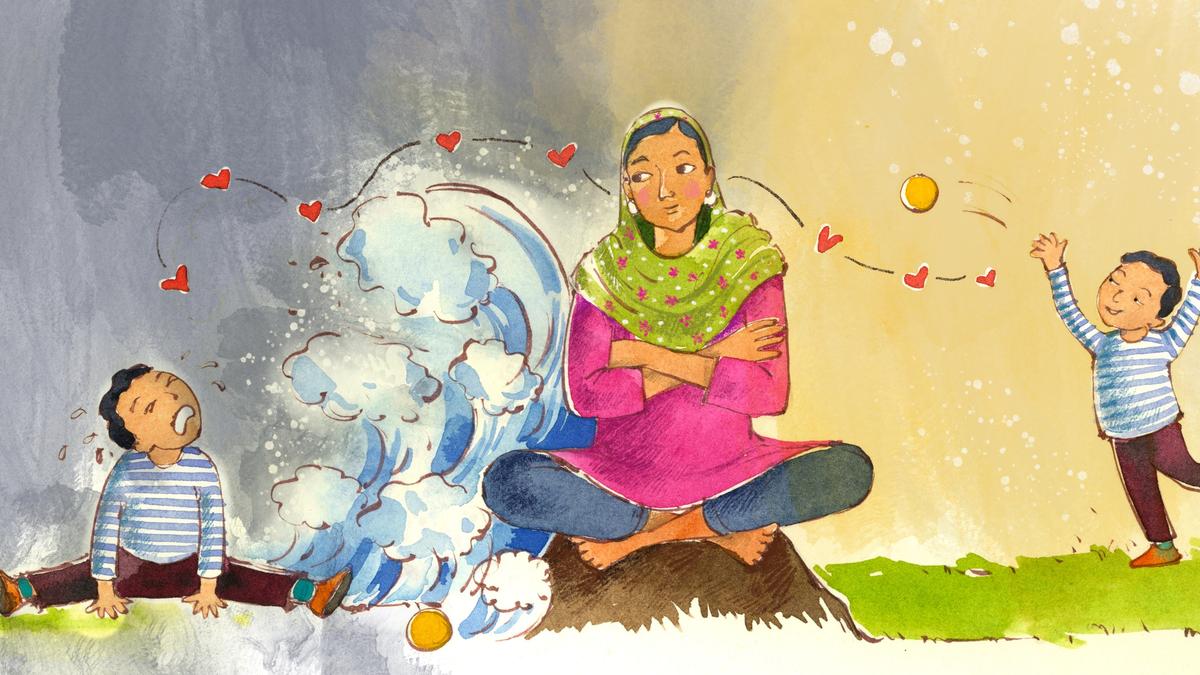At a time when the book reading culture is declining across the world, how does one country keep it alive and thriving? The success story of Helsinki Central Library Oodi in Finland since it opened six years ago is an inspiration indeed. So, when I got the opportunity to be in the world’s happiest country (voted thus for the seventh year in a row), I had to visit.
Oodi is the Finnish word for ‘ode’ and this name, as with its design and many of its innovative features, is courtesy participatory planning and consultation with the public. I learn that the city did not want to name its iconic library after any famous personality, referencing instead the celebration of culture, knowledge and democracy.
Oodi library
| Photo Credit:
Kuvatoimisto Kuvio Oy
A city’s gift
In this Nordic country with a 100% literacy rate, there is a high level of digitisation. There is no need of a separate census exercise here, as all data is available with the government, with it rolling out measures to enrich its people’s lives. One of its oldest initiatives is the public libraries in the country. Calling itself “a living meeting place”, Oodi was the city’s gift to its people on the centenary celebration of Finland’s independence. This place also made headlines recently when a book was returned 84 years after it was issued. The due date of the Finnish translation of Sir Arthur Conan Doyle’s historical novel Refugees was December 26, 1939.
“Oodi has been designed together with the city’s residents so that it can best correspond with the wishes and needs that library users have. Ideas, tips and dreams have been gathered at urban events and workshops, and through websites and various campaigns,” a librarian informs me. When I decided to visit Oodi, it was when Australia was still mulling over banning social media usage for children, and there was intense debate about social media and its impact.
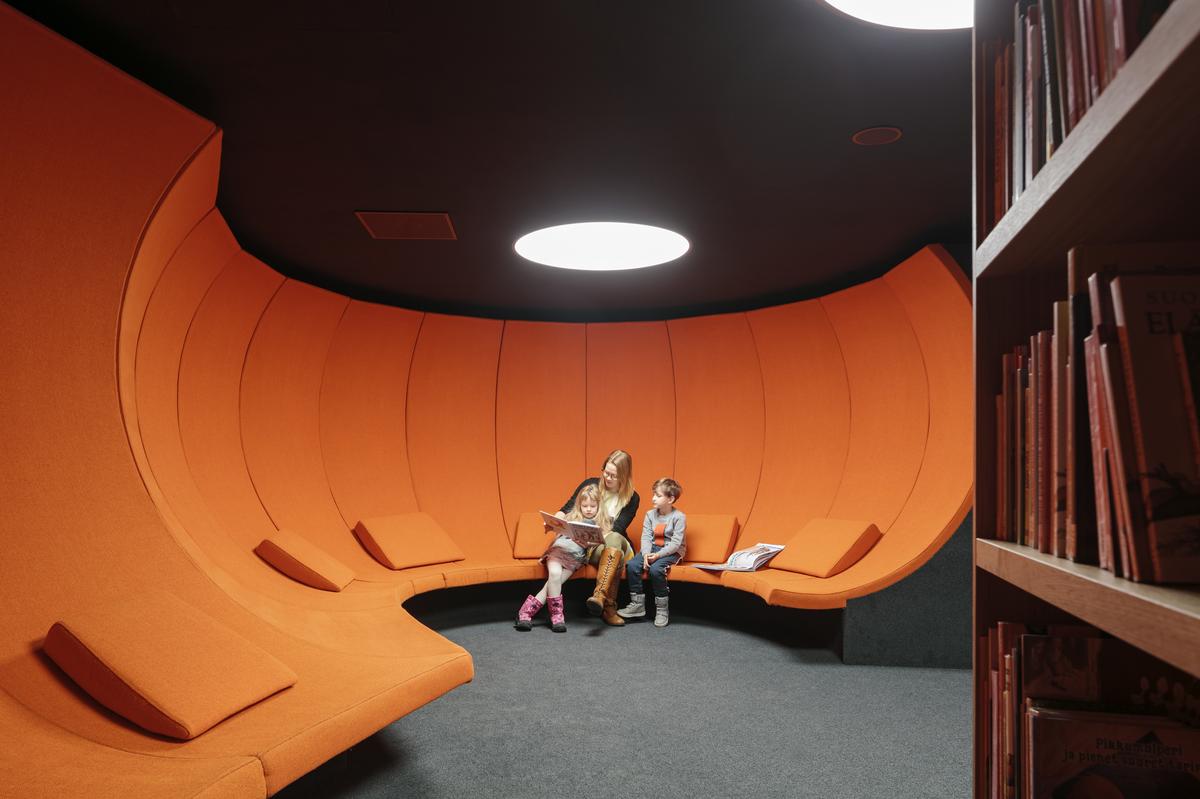
Oodi, a living meeting place
| Photo Credit:
Tuomas Uusheimo
The debate also involved the rising gaming culture and the reduction in reading habits among children and young adults across the world. And that is what intrigued me further. How is one country keeping the reading culture alive and thriving? Finland has the world’s highest library readership. How does a library manage over five lakh loans of books every year, in a city of 6.5 lakh people? How does it track its one lakh books and continue to charm people so much so that over 10 million people have already visited this place within six years since it opened?
Of hobbies and ideas
Resting on two horizontal steel arches, the building is massive — spread over 10,000 square metres. When I enquire about a registration process for visitors, a smiling assistant urges me to explore the place without any inhibitions. I observe chess boards laid on tables, surrounded by players from different age groups. The library’s membership opens doors to events, lectures, workshops, the theatre, cafeteria, music studios, edit bays, gaming rooms, fashion design studios, 3D printer labs, sewing rooms, museum cum experience centre, all housed within the massive building, all free of cost. From learning the Finnish language to pursuing your hobbies, from socialising with peers to trying to find roots in a new city as an immigrant — everyone’s go-to place is Oodi.
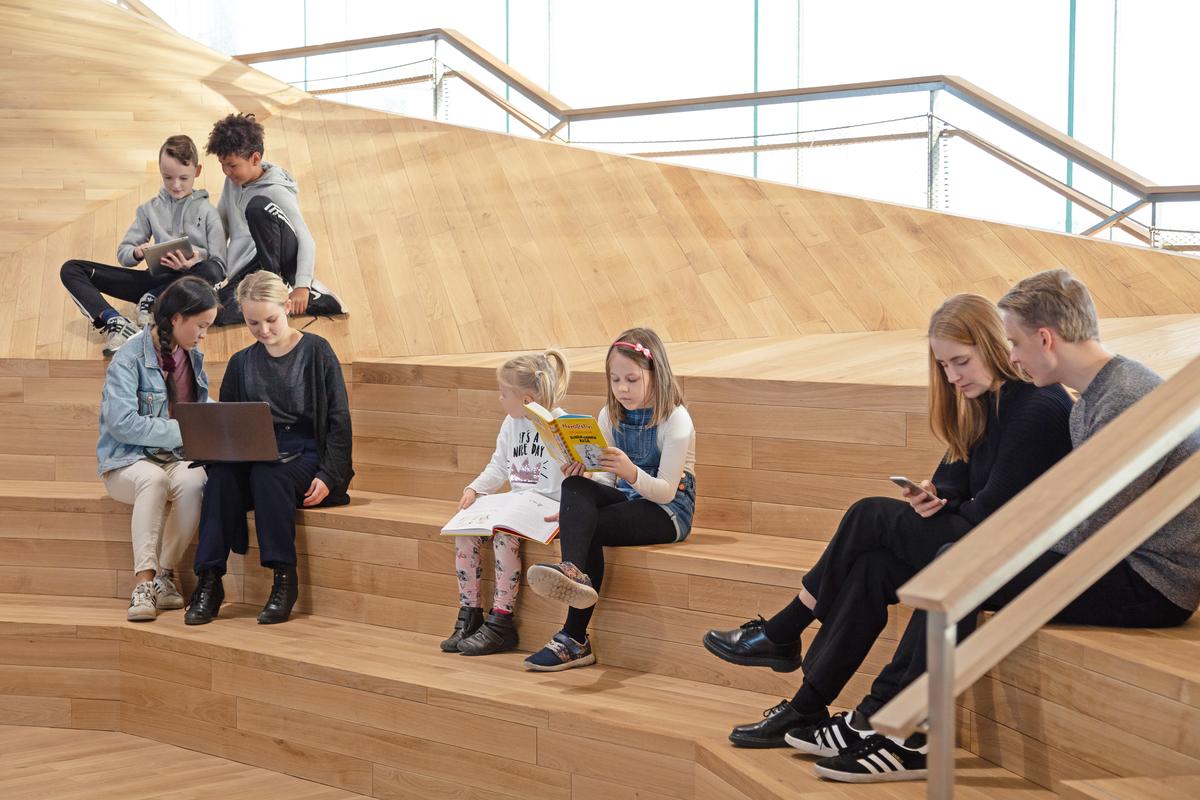
The library’s membership opens doors to events, lectures, workshops, the theatre, cafeteria, music studios and more
“Oodi is much more than a place for books. With its meeting rooms and various studios for analogue and digital handicraft, it is a place for ideas, projects and creativity,” exclaims a visiting Swiss journalist, Felicie Notter, comparing it to the libraries in her country. “Libraries in Switzerland also aim to be places where people meet, and they organise events. But it’s far from the infrastructure and program Oodi proposes.”
Enter the ‘bookship’
A recent visitor to Oodi, graphic novelist Jaideep Unudurti says he was impressed by the library’s commitment to create a space for culture, without having any commercial motive. “I spent hours without paying for anything or even anyone asking for an ID,” he recalls. Referring to the library’s striking facade, he adds, “I first saw Oodi on a misty and snowy afternoon, and for some reason my first impression was that of a sailing ship. A ‘bookship’. Inside, my impression was of a slightly messy but welcoming living room of the nation.”
Meet the robots
At the cafeteria, I notice that young mothers have parked their prams and are relaxing for a bit. A digital board catches my eye. “Oodi facts: our Robot Veera travels about 1,355 kilometres per year,” it says. Next to it is the book issuing counter. With no human on the other side of it. Three computers face visitors. A reader walks in, enters the details of the book she has, and slips it right in. The book travels the conveyor belt mechanically to reach Veera, one of the three robots servicing the Oodi library since 2019, so the library staff could have more time to interact and engage with visitors.
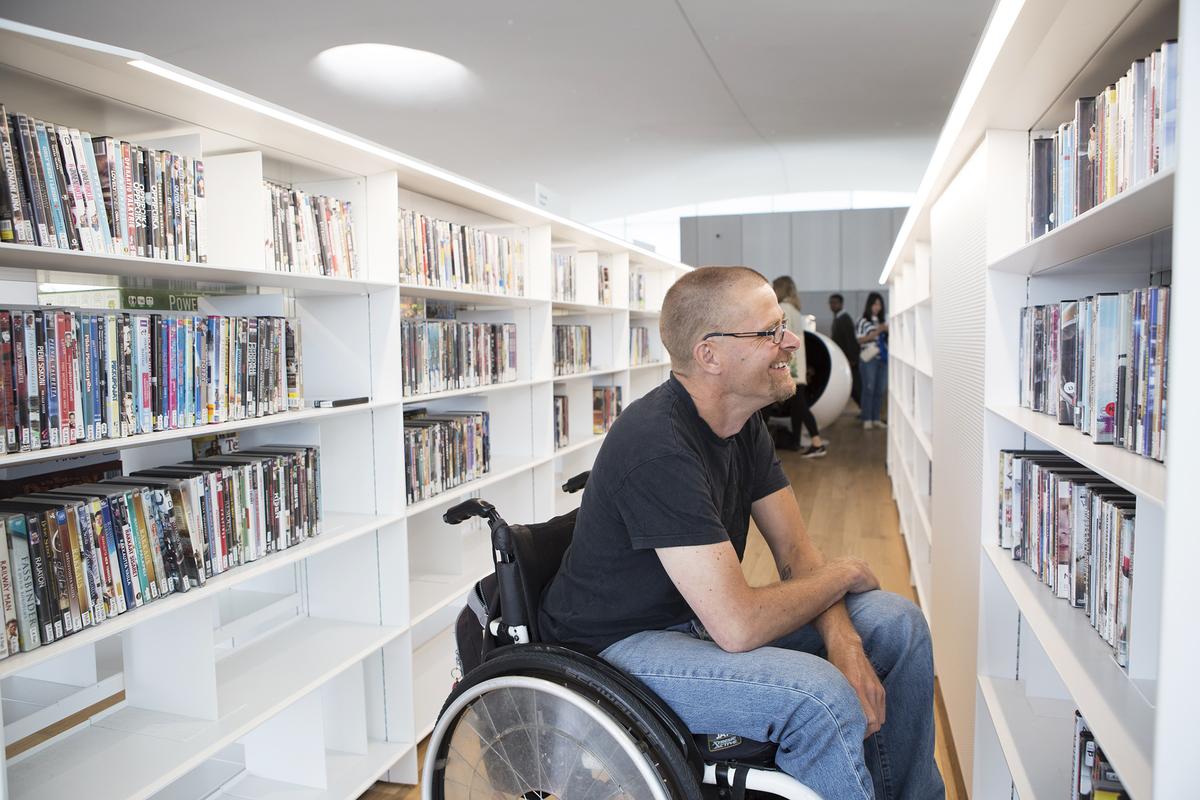
The active role of residents in the decision making offers much inspiration
| Photo Credit:
Jonna Pennanen
It is Veera, along with Tatu and Patu, that sort out the one lakh books the library has. Interestingly, when the library decided to get the robots in, it turned to the children of Helsinki for suggestions. This time, it was a 10-year-old girl who suggested these names, after famous children’s book characters. A fourth robot, Obotti, helps readers with book recommendations. “Obotti is an example of the City’s AI experiments that seek to improve services,” states the official website.
My visit to Oodi library, and observing first-hand how a city facility can have such an organic relationship with its residents of all age groups, helped me understand why the Finns lead in literacy. And while the significant cost of this project (about US $97 million) is perhaps something that other countries might not be able to afford, the active role of residents in the decision making and the varied activities here offer much inspiration.
The writer was invited by the Ministry of Foreign Affairs of Finland.
Published – January 24, 2025 09:17 am IST


